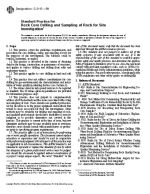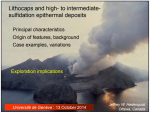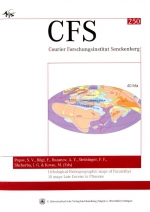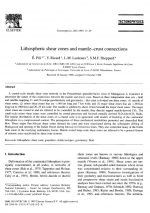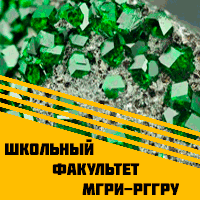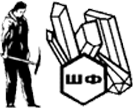The encompassing aim of the European Science Foundation Programm "Environments and Ecosystem Dynamics of the Eurasian Neogene (EEDEN), is the detailed analysis of the response of terrestrial ecosystems to environmental change through the integration of multidisciplinary studies focussing on some selected, already fairly well-known "high-resolution" time intervals in the Neogene of the Eurasian realm. These intervals are known to (a) include major changes in the composition of terrestrial communities, (b) portray large-scale palaeogeographical reorganizations and changes in overall environmental conditions in the terrestrial realm and (c) allow the establishment of high-resolution stratigraphic correlations with data and interpretations pertaining to regional and global aspects of the coeval development of marine environments. They cover (1) the latest Miocene to Early Pliocene (HRI 1:7-4 Ma ago), (2) the latest Middle Miocene to early Late Miocene (HRI 2: 12 - 8.5 Ma ago) and (3) the late Early to early Middle Miocene (HRI3: 17-14 Ma ago).
The research strategy of the EEDEN - programm was realized through three corresponding, internally comprehensive, but mutually complementary and overlapping programme components. These are the terrestrial database component, the time-stratigraphic / palaeogeographic component, and the palaeobiological component.
One of the fundamental components, the time-stratigraphic / palaeogeographic component, needs to incorporate the latest dates available to reconstruct the paleogeographic / palinstastic evolution of the Tethys / Mediterranean and the Paratethys realms and to incorporate all these results in a continous sequence paleogeographic maps. Such paleogeographic / palinstastic maps as they are published here are the base for the goals of the EEDEN programm to reconstruct the Environments and Ecosystem Dynamics of the Eurasian Neogene. This new paleogeographic atlas is the continuation of earlier works within the last decade presented by Dercourt et al. 1985, 1993, 2000; Hamor (Ed.) 1988; Kovac2002; Rogl 1998; Rogl & Steininger 1983,1984; Senes 1960; Steininger & Rogl 1982,1984; Steininger et al. 1985; Ziegler 1990.
We are grateful to the European Science Foundation and the Senckenbergische Naturforschende Gesellschaft, which have sponsored the publication of these paleogeographic maps within the EEDEN Programm.
Fritz F. Steininger




